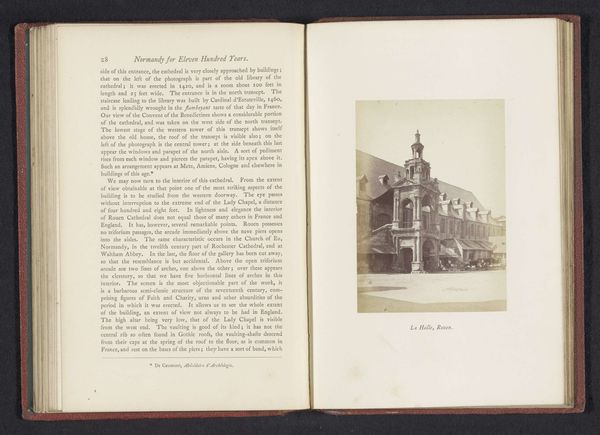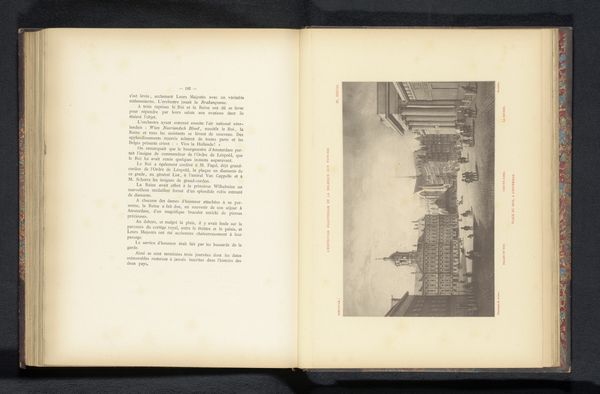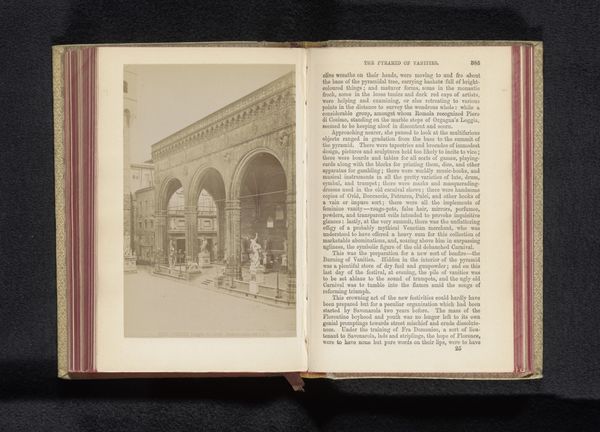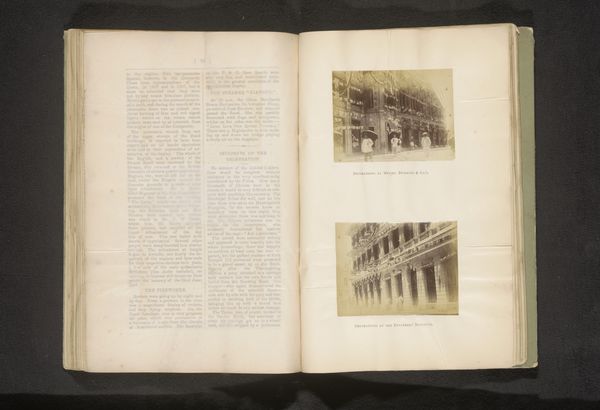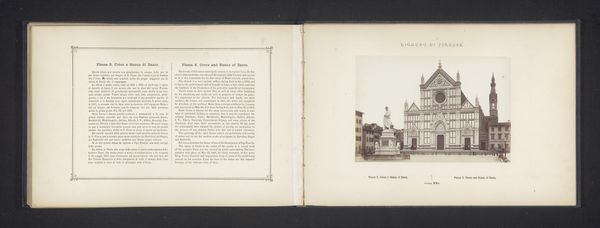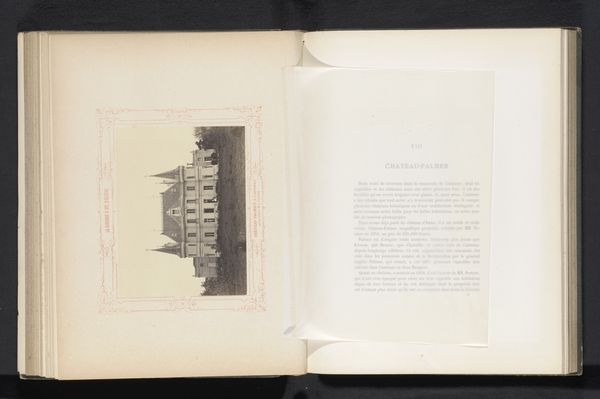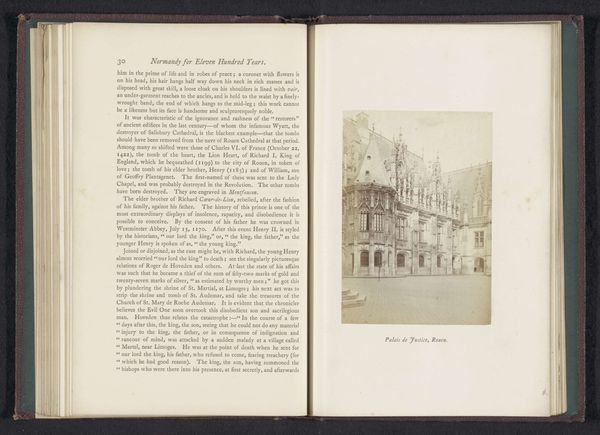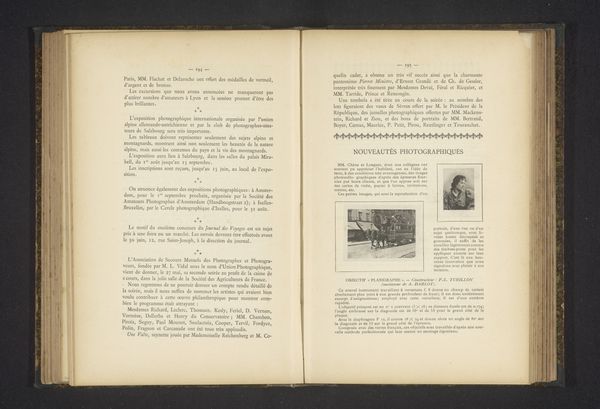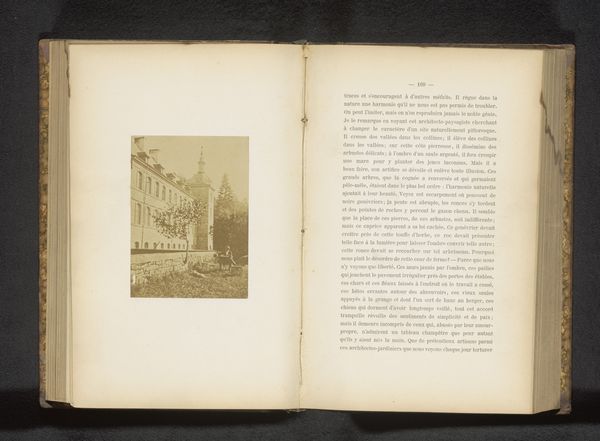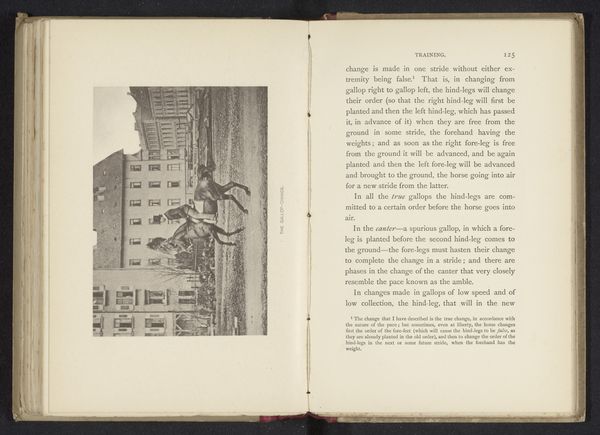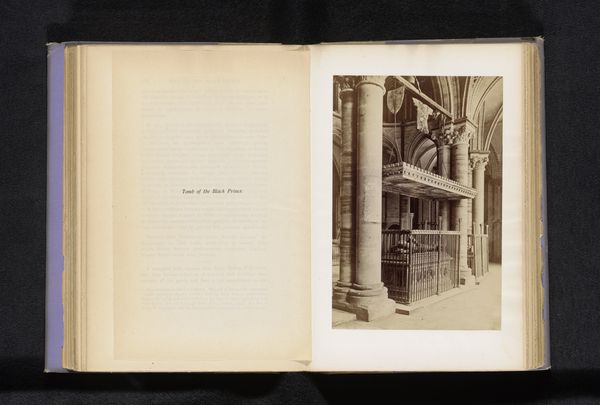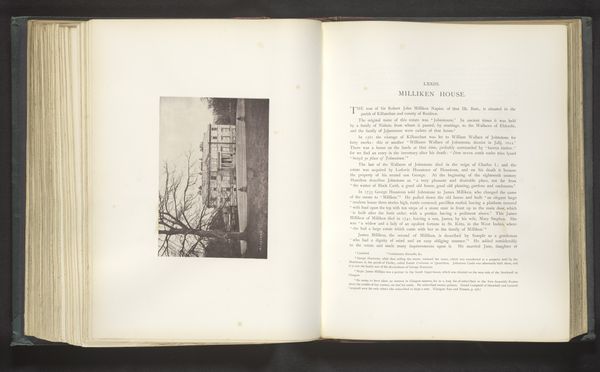
print, photography, architecture
#
portrait
# print
#
photography
#
cityscape
#
architecture
Dimensions: height 114 mm, width 74 mm
Copyright: Rijks Museum: Open Domain
Editor: This striking photograph, titled "Old Court House, Bombay," predates 1893 and is held at the Rijksmuseum. The composition, focusing on this imposing colonial-era building, evokes a real sense of the past. What's most interesting is the building's prominent placement in the bustling cityscape. How do you interpret its significance in its historical context? Curator: Well, framing it as a 'cityscape' photograph is key. This image, as a 'print' capturing architecture in Bombay, now Mumbai, acts as both a historical document and a statement of power. Think about the colonial project and how institutions like courthouses physically manifested British authority. Who was this image for? What was its role in shaping perceptions back in Europe? Editor: That’s a fascinating perspective. It almost feels like a visual claim of territory, less about capturing beauty and more about projecting influence. Was photography commonly used in this way back then? Curator: Absolutely. Photography in the 19th century, especially in colonial contexts, served a crucial function. It presented an "objective" view—though inherently biased—to the colonizing nation. Images of impressive structures, like this courthouse, were circulated to solidify the narrative of progress and control. Were there native Indian photographers offering different views? Those alternative perspectives are often silenced. Editor: So, the absence of a named photographer adds another layer to that narrative, highlighting a potentially deliberate, almost anonymous form of imperial documentation? Curator: Exactly. It's the institution, the Court House and the Raj, which become the "author," eclipsing individual authorship and subtly erasing local voices. A picture tells a thousand words, yes, but it also can cleverly conceal its motives. What have you gleaned from this discussion? Editor: I am struck by how a seemingly straightforward photograph of a building reveals so much about the politics of representation and the imposition of colonial power, highlighting a historical institutional bias. Curator: Indeed. Analyzing visual media in terms of their historical context allows for greater analysis and discovery.
Comments
No comments
Be the first to comment and join the conversation on the ultimate creative platform.

